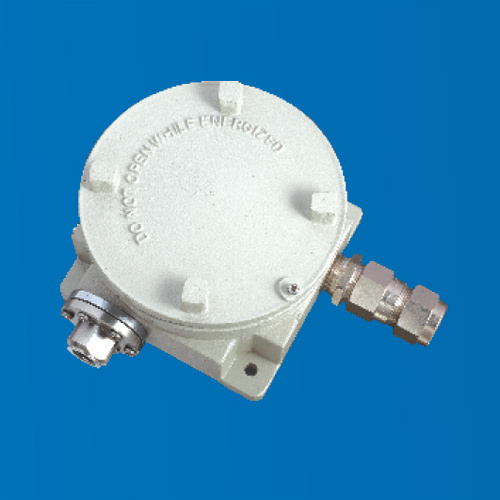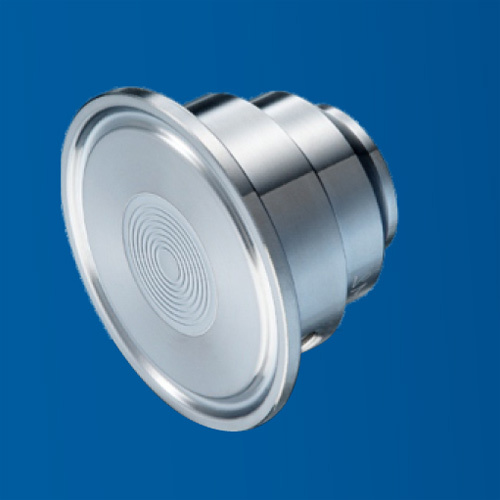Differntial Diaphgram Gauge
4000 INR/Unit
Product Details:
- Material Stainless Steel
- Usage Testing & Measuring
- Test Range Accurate / Normal
- Operate Method Semi Automatic
- Control Mode Manual
- Click to View more
X
Differntial Diaphgram Gauge Price And Quantity
- 4000 INR/Unit
- 10 Unit
Differntial Diaphgram Gauge Product Specifications
- Stainless Steel
- Semi Automatic
- Manual
- Accurate / Normal
- Testing & Measuring
Differntial Diaphgram Gauge Trade Information
- hajira,porbandar
- Cash in Advance (CID)
- 100 Unit Per Month
- 10 Days
- as per product
- All India
Product Description
A differential diaphragm gauge is a type of pressure gauge used to measure the difference in pressure between two points in a system Heres how it works and where it is typically used
1 Diaphragm Mechanism The gauge typically consists of two flexible diaphragms connected together Each diaphragm is exposed to the pressure at each measurement point
2 Pressure Measurement The pressure difference between the two points causes a displacement or deformation of the diaphragms This displacement is proportional to the difference in pressure
3 Mechanical Linkage The movement of the diaphragms is transferred mechanically to a pointer or an electronic sensor which then indicates the pressure difference on a scale
4 Applications Differential diaphragm gauges are commonly used in various industrial and laboratory applications where its crucial to measure pressure differentials rather than absolute pressures Some specific applications include
Flow Measurement In flow meters where pressure differentials across a constriction or orifice are used to calculate flow rates
Filter Monitoring To monitor the pressure drop across filters or membranes indicating when they need cleaning or replacement
Level Measurement In differential pressure transmitters used to measure liquid or gas levels in tanks or vessels
5 Advantages Differential diaphragm gauges are known for their accuracy and reliability in measuring small pressure differences They are also robust and can withstand harsh operating conditions
6 Types Differential diaphragm gauges can come in various designs and with different pressure ranges to suit specific applications Some may incorporate electronic sensors for digital output and integration with control systems
7 Considerations Its important to choose the correct gauge based on the pressure range compatibility with the measured media liquid gas corrosive substances and environmental conditions temperature vibration etc
In summary a differential diaphragm gauge is a specialized instrument used to measure pressure differences accurately and reliably in various industrial and scientific settings playing a crucial role in process control and monitoring applications
Tell us about your requirement

Price:
Quantity
Select Unit
- 50
- 100
- 200
- 250
- 500
- 1000+
Additional detail
Mobile number
Email
Other Products in 'Pressure Measurement Instrument' category
UMIYA INSTRUMENTS
GST : 24AAAFU4821B1ZR
GST : 24AAAFU4821B1ZR
G-5, Shree Narmada Arcade, Old National Highway No-8, Near Kotak Mahindra Bank, Ankleshwar - 393002, Gujarat, India
Phone :07313726133
 |
UMIYA INSTRUMENTS
All Rights Reserved.(Terms of Use) Developed and Managed by Infocom Network Private Limited. |










